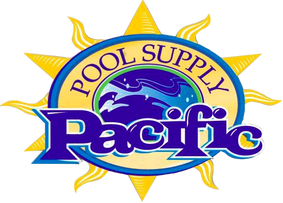|
What kind of shock should I use? There are three types of shock, Chlorine Shock, Non-Chlorine Shock, and Multi-Function Oxidizer. We’ll start with Chlorine Shock. Chlorine Shock Shock used to be a verb. It was something that you did to a pool. It became a noun when they began packaging a pre-measured amount of granulated chlorine into bags. There are 3 types of chlorine that are commonly used as shock.
Dichlor Though effective, DiChlor is the most expensive chlorine-based shock. DiChlor WILL increase the water’s stabilizer (cyanuric acid) level. We do not recommend using a shock product that is stabilized (i.e. contains cyanuric acid). It will increase the stabilizer level and can interfere with the effectiveness of the chlorine. Though it is fast dissolving, it contains only 55% available chlorine. Chlorine shock treatments are typically used in swimming pools to address specific issues or as part of regular pool maintenance. Here are a few situations when you might consider using a chlorine shock:
High Combined Chlorine Levels: Combined chlorine, often referred to as chloramines, forms when chlorine combines with ammonia or nitrogen-based compounds present in the water. High combined chlorine levels can lead to unpleasant odors, eye irritation, and poor water quality. A shock treatment can break down the chloramines and restore the effectiveness of free chlorine.
Non-Chlorine Shock • Hybrid Shock |
|||||||||||||||||||||||||||||||||||||||||||||||||||||||||||||||||||||||||||||||||||||||||||||||||||||||||||||||||||||||||||||||||||||||||||||||||||||||||||||||||||||||||||||||||||||||||||||||||||||||||||||||||||||||||||||||||||||||||||||||||||||||||||||||||||||||||||||||||||||||||||||||||||||||||||||||||||||||||||||||||||||||||||||||||||||||||||||||||||||||||||||||||||||||||||||||||||||||||||||||||||||||||||||||||||||||||||||||||
| Why use Non-Chlorine shock? It's a sweltering Saturday afternoon and you've spent your morning doing yard work. Meanwhile, the kids have been running around with their swim fins and arm floaties, loudly voicing their discomfort with the heat. AT LAST! IT’S POOL TIME! But first, a quick water test. That's when you discover that your afternoon plans have been postponed. |
| Because you used chlorine-based shock that morning, the pool is unusable. The kids are inconsolable and are plotting your demise. If you had used Non-Chlorine Shock, you could have avoided sitting on the couch and arguing with the dog over the last slice of cold pizza while watching Sponge Bob with the kids. |
Containing zero chlorine, non-chlorine shock is also known as “oxidizer”. Its main ingredient is potassium monopersulfate (MPS).
It breaks down soluble organic contaminants in the pool water. These contaminants include sweat, body oils, beauty products, and other matter that may come off or, um, out of the human body. MPS is ideal for weekly, in-season maintenance. Safe for use in ALL pools. Swimming can usually resume after 15 minutes of use.
To ensure proper usage of non-chlorine shocks, it's important to follow the instructions provided by the manufacturer on the package, as the strength and dissolvability can vary significantly.
|
|
PART IIIMineral Purifiers |


Mineral Purifiers |
|||||||||||||||||||||||||||||
|
|||||||||||||||||||||||||||||
Ions at Work
Silver and copper are most effective in water in their ionic form. That means the molecules are independent from other compounds and carry a positive charge. These charged ions are attracted to negatively charged organics such as bacteria and algae. Once attached, these ionic elements destroy the organics by penetrating their cell walls.
Because the ions are unaffected by sunlight or heat, they can remain active in water for long periods. They are only removed by reacting with the organics or from splash-out. There must be a constant flow of these charged ions introduced to the water in order for this process to be effective
|
Sequestering agents are not necessary, since the ions are released so slowly. The cartridge contents will remain active for up to 6 months in pools and 4 months in portable spas. Some can be revived for another 6 months through the addition of a booster. Passive devices are also a perfect complement to salt-water chlorinators. They do not interfere with chlorine generation. Users find that they can turn the chlorine production rate down, making the cell last longer. |
|||||||||||||||||||||||||||||
|
|||||||||||||||||||||||||||||
|
|||||||||||||||||||||||||||||
|
|||||||||||||||||||||||||||||
Active and Passive IonizationThere are two types of devices manufactured today that accomplish this process — one using an active method and the other using a passive method. |
|||||||||||||||||||||||||||||
|
|||||||||||||||||||||||||||||
|
Sequestering agents are recommended with this method to prevent any possibility of staining. Popular in the ‘80s and ‘90s, they were touted as a replacement for chlorine. Due to improper installation and use, these “ionizers” never lived up to the hype. |
|||||||||||||||||||||||||||||
|
|||||||||||||||||||||||||||||
*|MC_PREVIEW_TEXT|*
|
||||||||||||||||||||||||||||||||||||||||||||||||||||||||||||||||||||||||||||||||||||||||||||||||||||||||||||||||||||||||||||||||||||||||||||||||||||||||||||||||||||||||||||||||||||||||||||||||||||||||||||||||||||||||||||||||
Reduce Chlorine Costs
- Test the Free Chlorine level at least 3 times a day. Maintain it at 3-5 ppm and never let it dip below 2 ppm. Don’t forget to fix the pH first!
- Don’t use the pool.
- Install a device that will add chlorine for you.
Number 1 is a non-starter. That’s a full-time job. Number 2 is nonsense. That leaves Number 3, a chlorinator.
SANITIZING SYSTEMS
A sanitizing system is a device that is installed in your pool’s filtration system. It continuously adds chlorine to the pool through tablet erosion, injection or self-contained chlorine production. because it has less hidden costs, we’ll talk about the latter, a.k.a. Salt Chlorine Generators.
Salt Chlorine Generators (SCG’s) - How do they work?
As salt water travels through the swimming pool’s circulation system, it enters the salt chlorine generator and passes through a salt cell. As the salt water flows through the cell, a low-voltage current is applied to plates inside the cell, initiating electrolysis. Through electrolysis, salt and water break up into hydrogen gas and hypochlorous acid. The hydrogen gas simply leaves the swimming pool water in the form of small bubbles. The hypochlorous acid sanitizes the swimming pool water and ultimately reverts back into salt, and the process repeats. Click HERE for more.
There are many variables that affect both chlorine demand and the life expectancy of a typical brand name salt cell.
- Water Circulation - A SCG will only produce chlorine when the pump is running. Lack of circulation will allow the build-up of organic matter and promote algae growth. This increases chlorine demand and negates all the benefits that SWG’s offer.
- Unmanaged pH - High pH decreases the effectiveness of the chlorine. Click HERE for more info.
- High Cyanuric Acid - Also known as conditioner or stabilizer, cyanuric acid prevents chlorine from being rapidly destroyed by the sun. A level of of 20 to 50 ppm should be maintained. Studies show that at 30 ppm, the benefits of cyanuric acid begin to slow. At 50 ppm, it begins to actually inhibit how the chlorine works. For example, what a free chlorine level of 3 ppm used to do now requires a level of 6 ppm. To compensate for the reduction of efficacy, pool owners often turn to costly chemical solutions. Click HERE for more on this subject.
- Scaling - Scaling is the depositing of calcium carbonate on pool surfaces. Scale occurs when hard water meets high alkalinity (high pH) and warm temperature. This allows the dissolved minerals to leave their dissolved state and re-solidify. In other words, when the pH and temperature are high enough, hard water’s minerals can harden and attach to surfaces. The inside of a SCG cell is the perfect environment for this. Scale covers the plates inside the cell, blocking flow and interrupting the electrolysis process. To clean the salt cell, the use of muriatic acid is required. However, this wears out the coating on the plates, shortening the life expectancy of the cell. To learn how to prevent this, click HERE.
| What does chlorine do? Chlorine is added to the water to kill germs. But it does not work right away. If used properly, free chlorine can kill most germs within a few minutes. If using cyanuric acid, a chlorine stabilizer, or chlorine products with cyanuric acid (for example, products commonly known as dichlor or trichlor [see product label]), a pH of 7.2–7.6 and a free available chlorine concentration of at least 2 ppm should be maintained. |
All sorts of things can reduce chlorine concentration in pool water. Free available chlorine breaks down pee, poop, sweat, and dirt from swimmers’ bodies instead of killing germs and uses up chlorine, which means there is less to kill germs. Sunlight also uses up free chlorine. That’s why the free chlorine concentration must be routinely tested. And remember, the time it takes for free chlorine to kill germs is also affected by the other member of the disinfection team, pH.
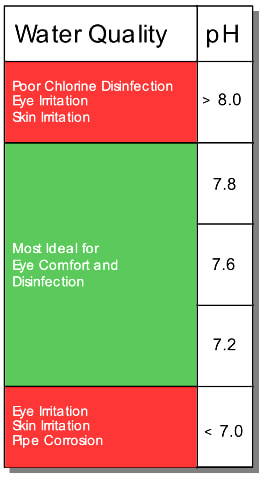
For most accurate testing results, pool and hot tub/spa owners should use a DPD test kit to measure free chlorine and pH. Of note, if the free chlorine concentration of the water sampled from the pool or hot tub/spa is more than 10 ppm, the test might partially or totally bleach out, resulting in a false low or 0 ppm free chlorine result. Pool owners alternatively can use test strips, with the understanding they are less accurate than the DPD test kit. Regardless of what test is used, owners should always follow manufacturer’s directions.
Test free chlorine concentration and pH at least every other day and more often when the pool is used heavily.
| Maybe It's Time to Switch to a Less-Expensive Alternative! Poolife NST Prime TabletsA sanitizer that lasts for days! With its unique octagon shape, these extended release tablets use a proprietary slow-dissolving Cal Hypo technology. What’s more, it does all this without adding any Cyanuric Acid (CYA) to your pool water. |
- For use in skimmers and with the Poolife® NST® Prime Feeder. Follow Poolife® NST® Feeder operating manual for specific tablet use.
- Skimmer basket must be free of all other water treatment products before adding tablet(s).
- Place the tablet(s) in the empty skimmer basket. Replace with a new tablet as needed.
- For optimum product performance, swimmer comfort and crystal clear water, always maintain pH from 7.2 – 7.6, total alkalinity from 60-120 ppm, calcium hardness above 200 ppm and free available chlorine residual between 1-4 ppm.
- Best used with Poolife® NST® Purify Oxidizer and Poolife® NST® Patrol Algaecide.
- Compatible with chlorine, salt chlorine generators, ozone and mineral systems.
Available size(s): 4.5lb, 9lb, 20.2lb, 39.4lb
With the rise in chlorine prices, it’s a good idea to look for money-saving alternatives. An AOP system will save you money and produce a cleaner safer pool.
Hydroxyl radicals are negatively charged radicals that form when one oxygen and one hydrogen atom combine. Oxygen (O₂) is destabilized to become O₁. It then joins with hydrogen in the water to create hydroxyls.
The hydroxyls are unstable and highly oxidative. But they seek equilibrium. So as they look to stabilize, they seek out things such as organisms and minerals. Hydroxyls attach to cells and substances, disrupting their composition and causing breakdown and destruction
| In pools and spas, hydroxyl radicals will destroy oils, sweat, bacteria and viruses without toxic byproducts. Hydroxyls have become especially relevant lately because they are strong enough to kill chlorine-resistant cryptosporidium parvum — which have increasingly become a concern, particularly in commercial pools. |
| How Does It Work? Pool salt is dissolved in the water, creating a mild saline solution of standard sodium chloride – just what’s in your salt shaker. Then it passes through a saltwater generator (also known as a chlorine generator, salt chlorine generator, salt chlorinator, or saltwater chlorinator system) in the pool’s filtration system to circulate the water, dissolving the salt and producing chlorine gas. As it is subjected to simple electrolysis, the chloride portion of the sodium chloride is transformed into an effective sanitizer that oxidizes bacteria, viruses, algae, and other radicals that thrive in plain water. | Is It Expensive? The initial costs of a saltwater pool will be higher than a chlorine pool. You have to invest in a saltwater generator to process the salt, which isn’t part of a traditional pool system. In addition, you’ll likely see slightly higher energy costs because the system is constantly running to produce the chlorine and infuse it into the water over time. And because the system relies on salt, you’ll usually need to replace the cells in the generator about every five years because of the corrosive nature of the salt. |
| Pros
| Cons
|
The major disadvantage of a saltwater system is cost, therefore many people suggest that if you can afford a salt water system, you use one. However, there is also personal preference to be taken into account. If you have been maintaining a traditional chlorine pool for years and you are comfortable with it, you may not want to switch. If you or your family have a lot of trouble with chlorine, it may be a perfect choice.
Advice, Tutorials & DIY's
Author
Pacific Pool Supply
Archives
July 2023
June 2023
December 2022
November 2022
July 2022
February 2022
July 2021
April 2021
March 2021
December 2020
October 2020
September 2020
August 2020
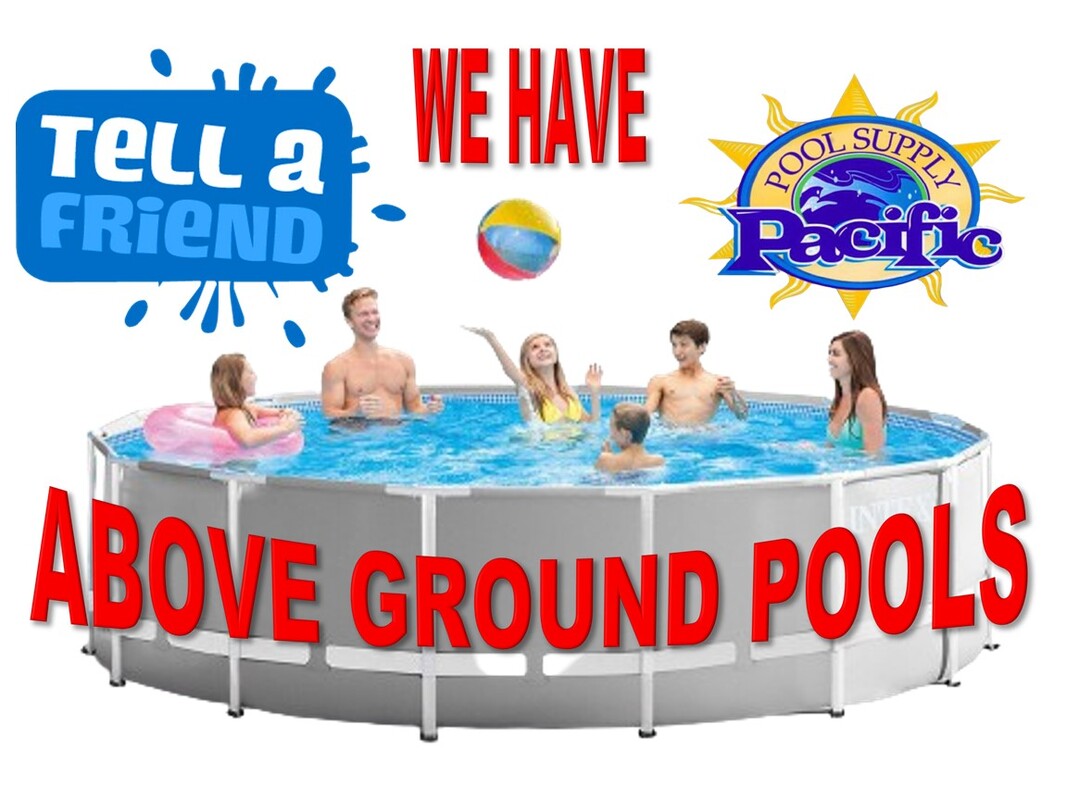
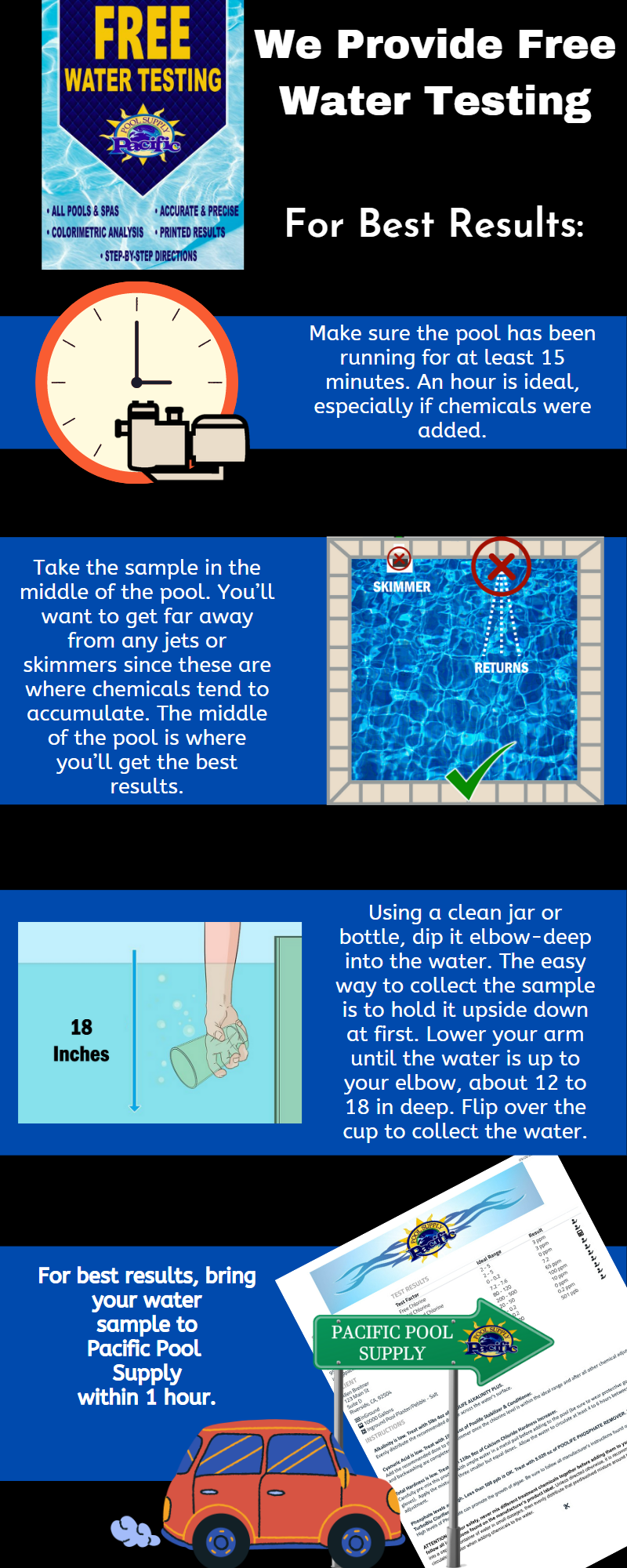

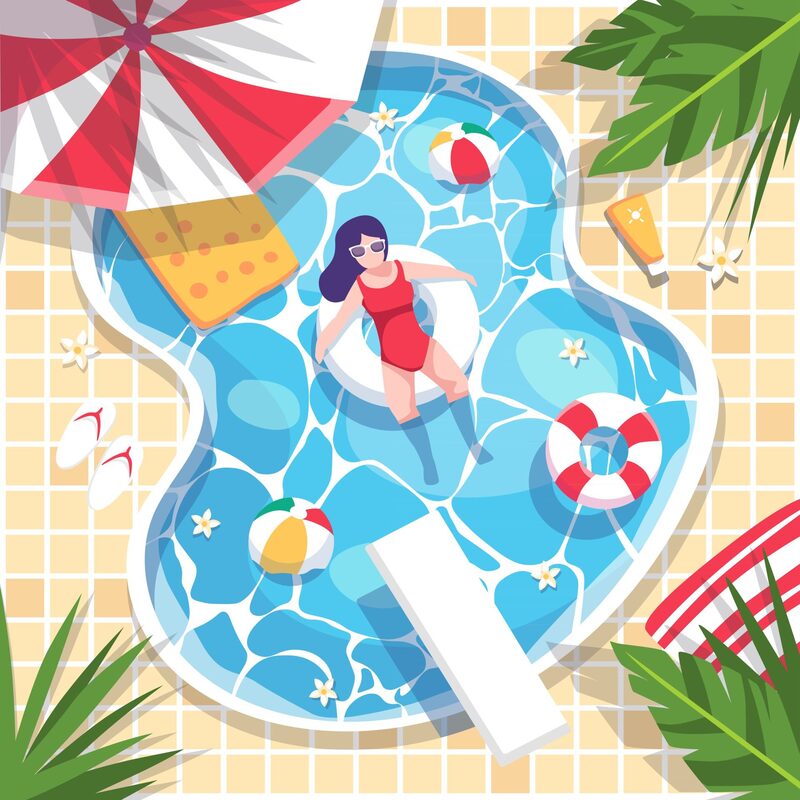




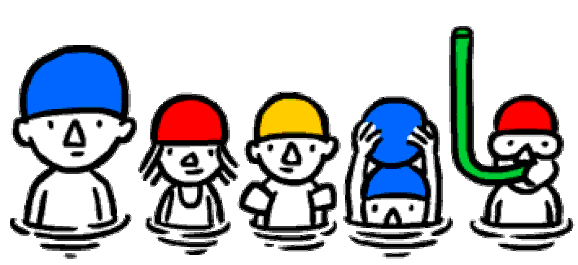






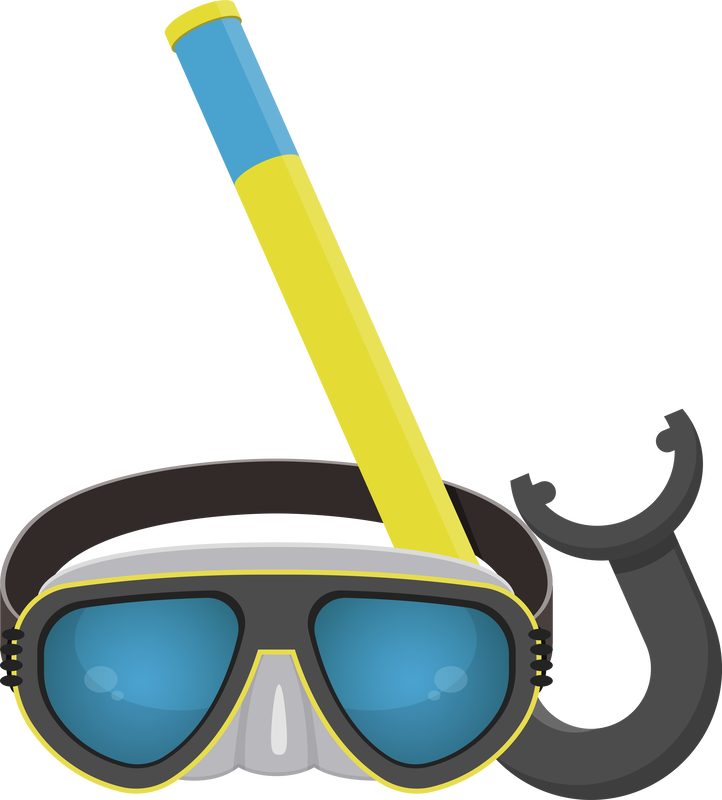
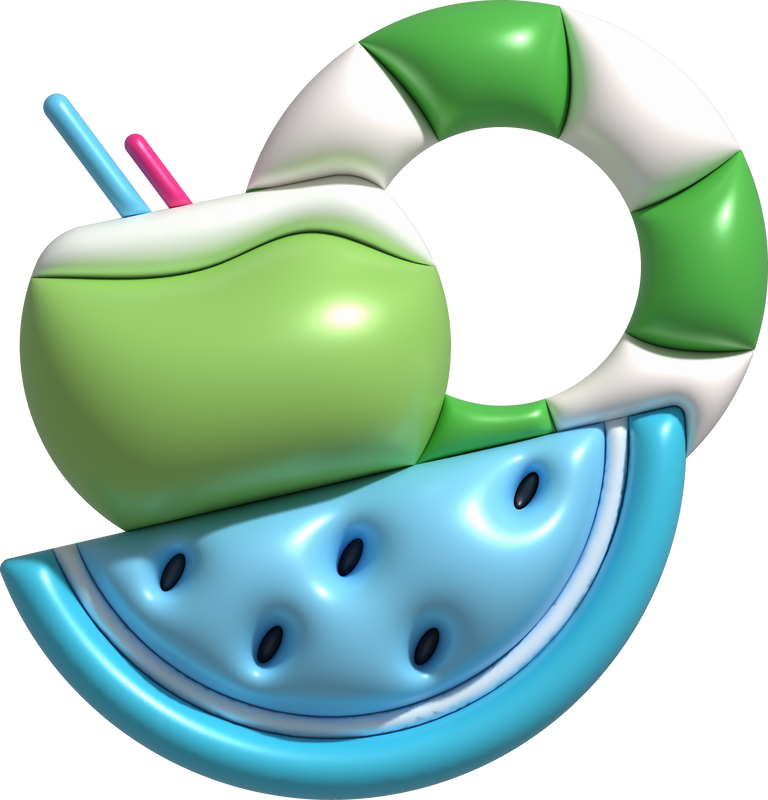

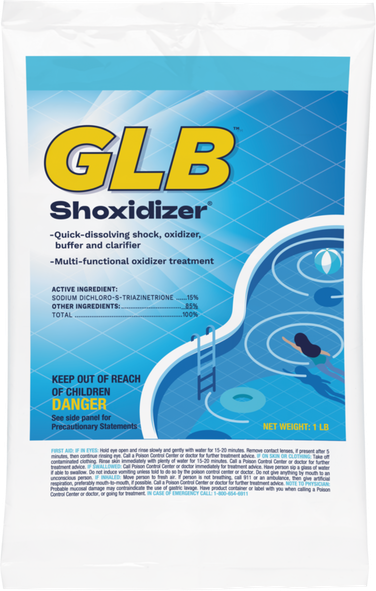

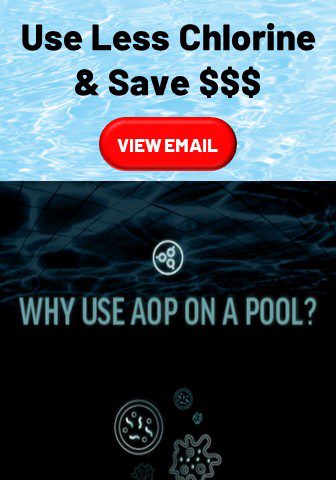
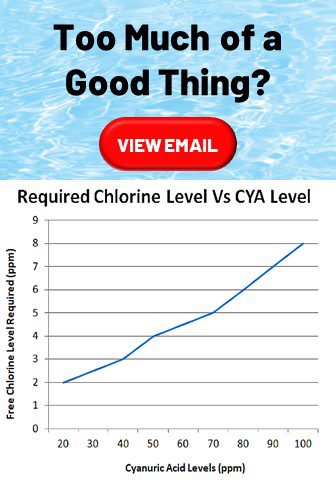
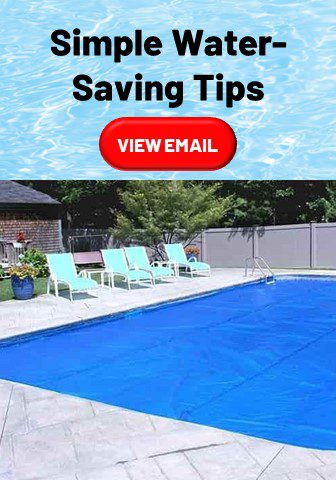
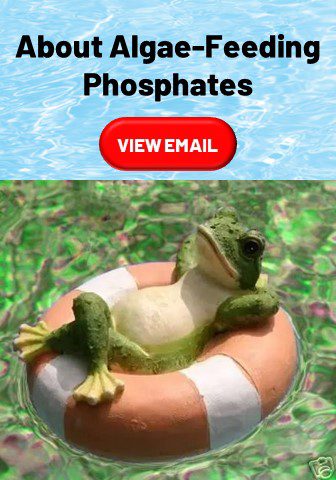
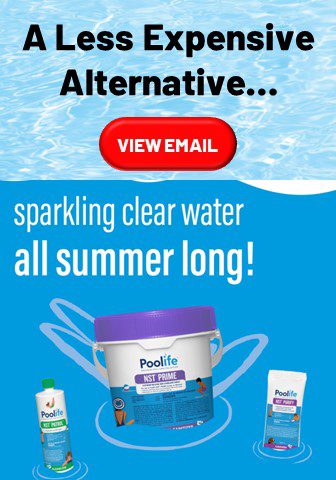

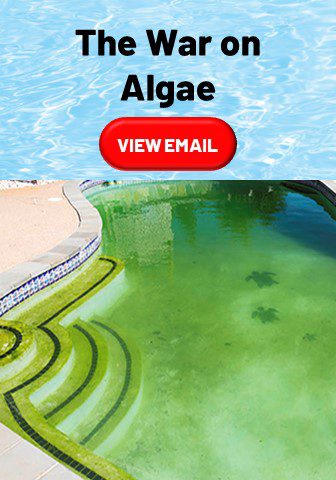
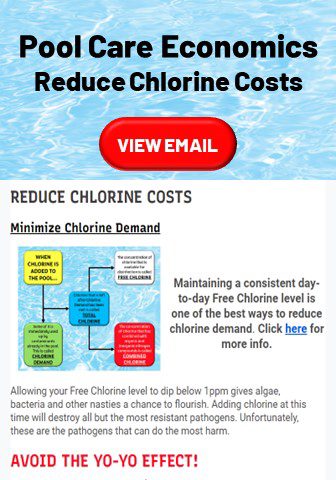
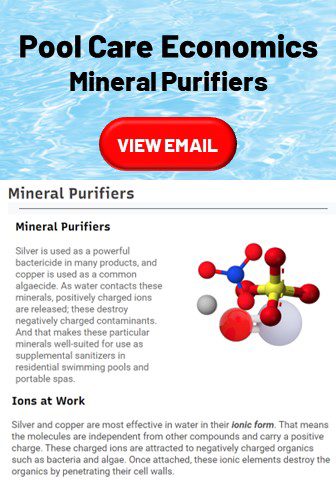
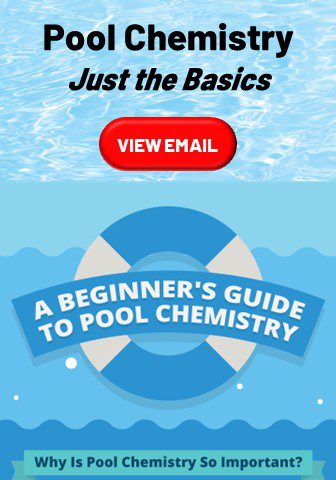
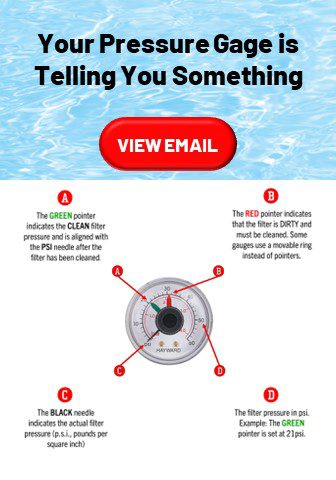
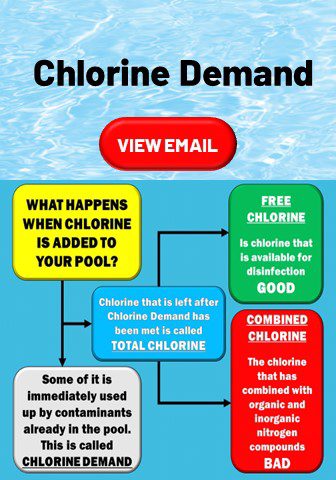
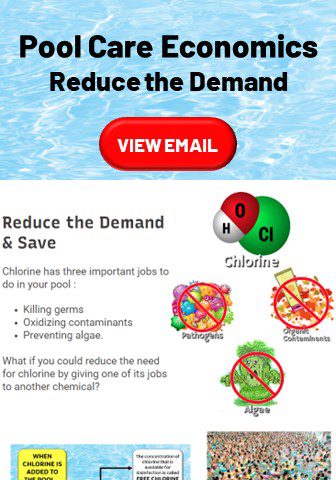








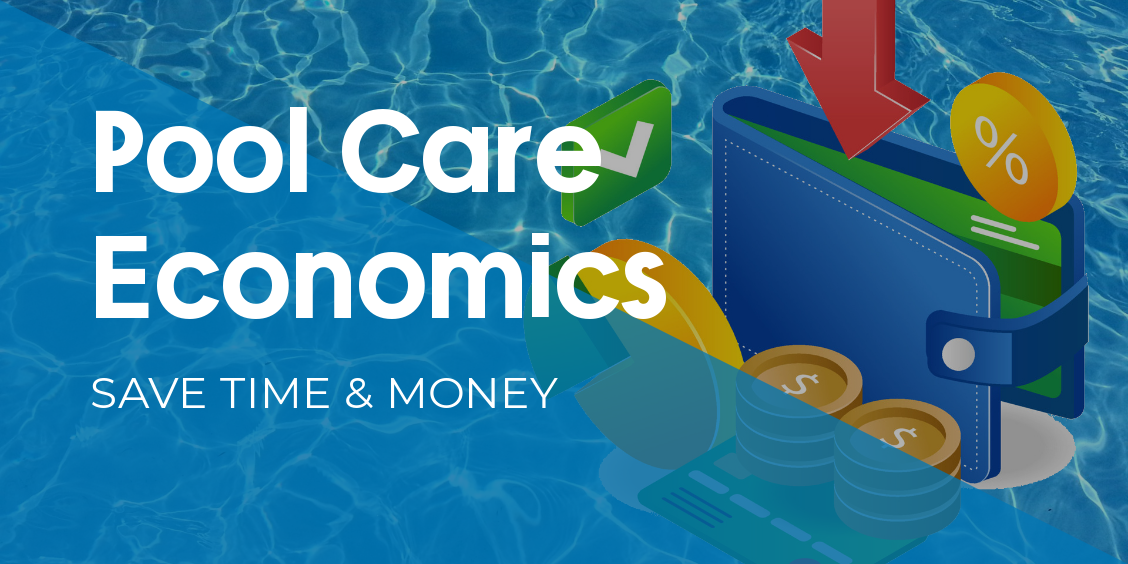





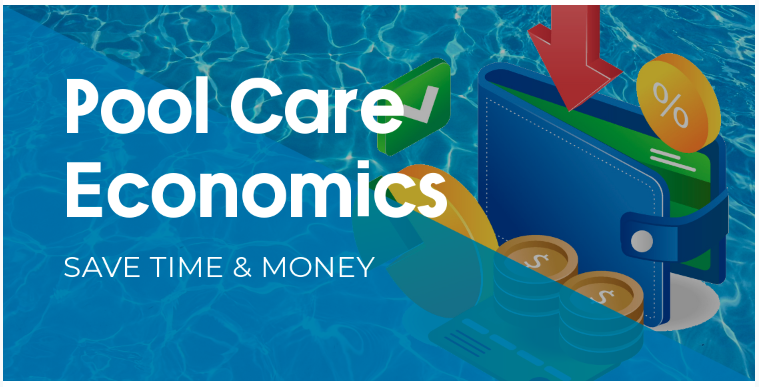
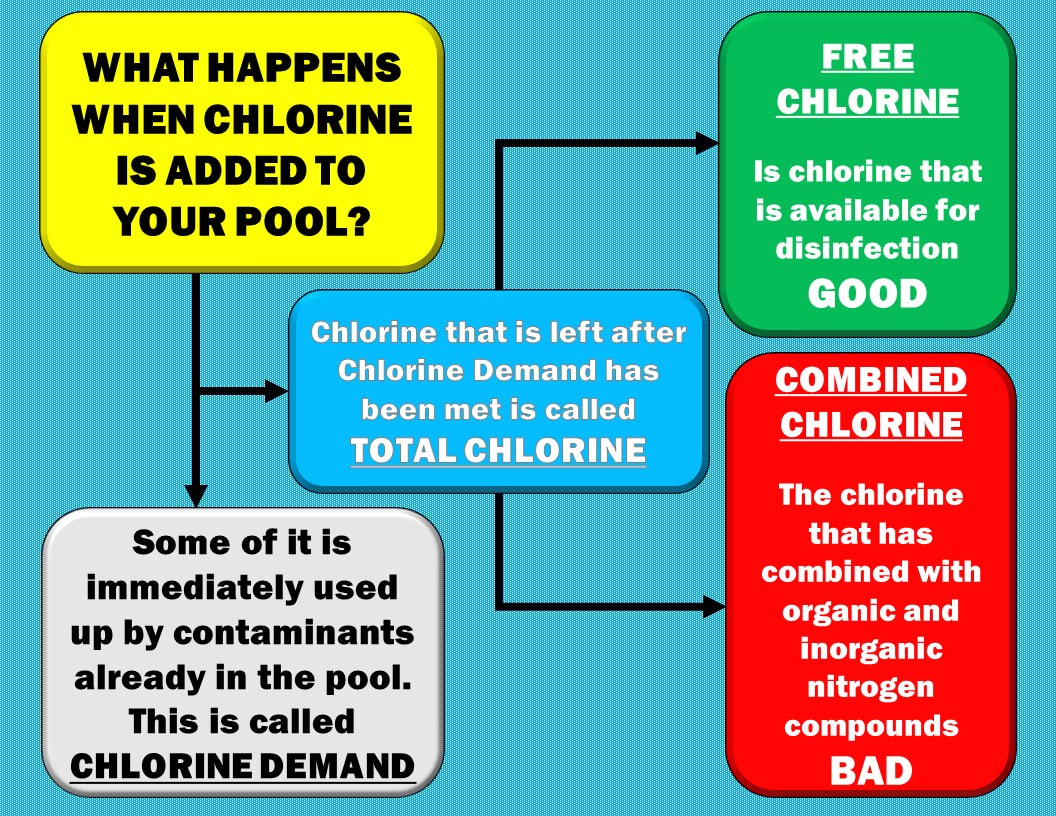

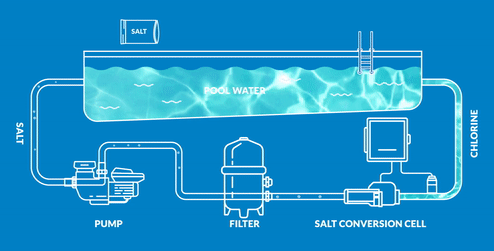
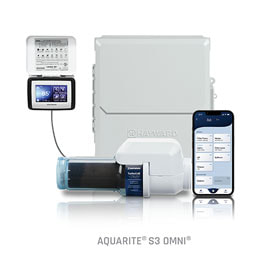
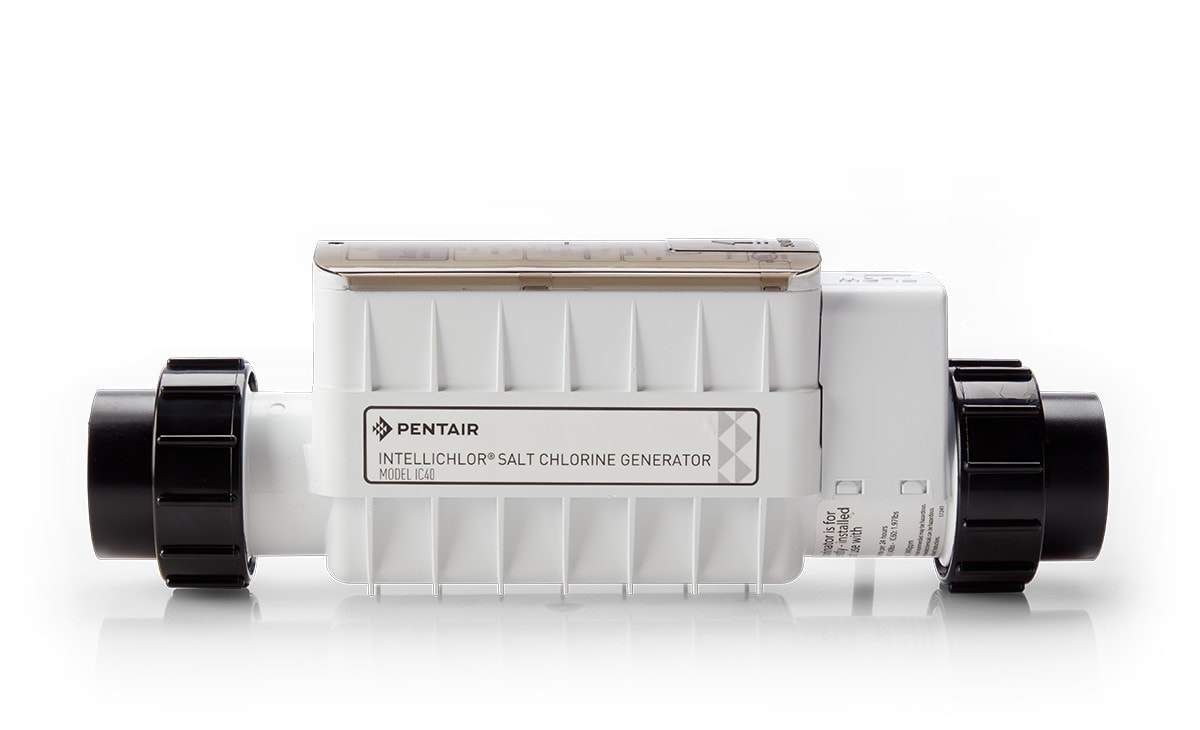


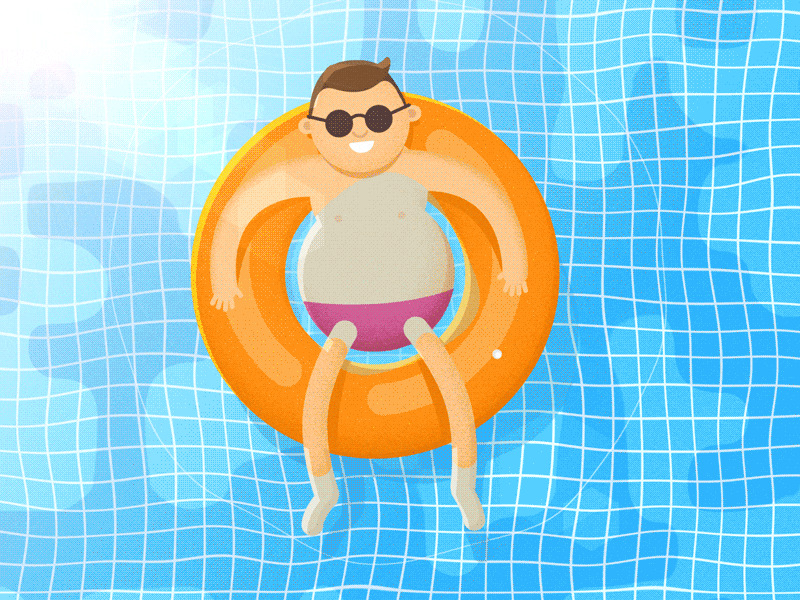




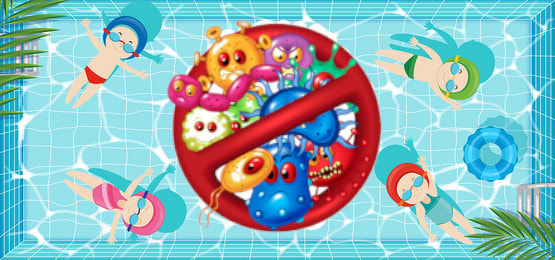

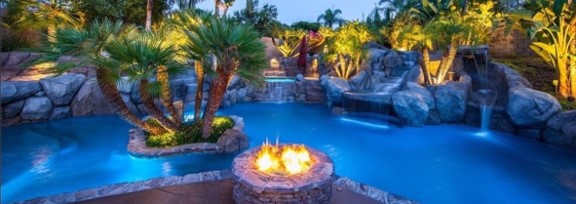

 RSS Feed
RSS Feed
